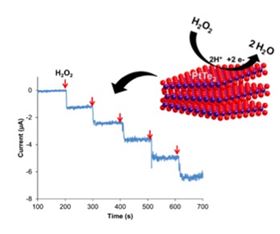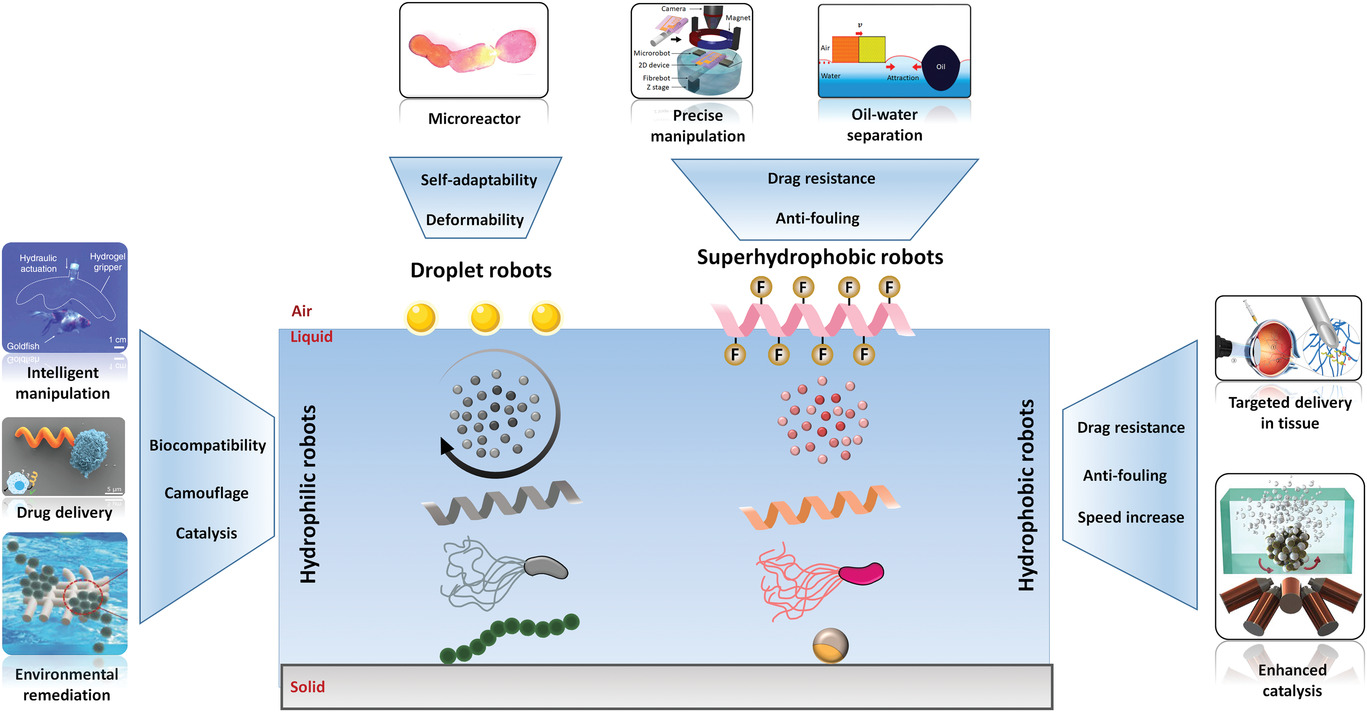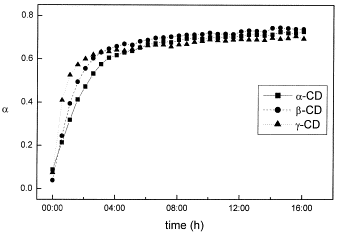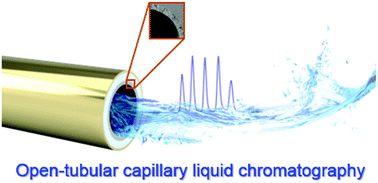paper archives
Stay hungry, stay foolish. You are as good as your last paper.
Graphene oxide nanoribbons exhibit significantly greater toxicity than graphene oxide nanoplatelets
- Elaine Lay Khim Chng, Chun Kiang Chua, Martin Pumera*

Graphene oxide (GOs) has emerged in recent years as a versatile nanomaterial, demonstrating tremendous potential for multifunctional biomedical applications. GOs can be prepared by the top-down or bottom-up approach, which leads to a great variability of GOs being produced due to the different procedures and starting carbon sources adopted. This will have an effect on the physiochemical properties of GOs and their resultant toxic behavior. In this study, we examined the cytotoxicity of graphene-oxide nanoribbons (GONRs; similar to 310 x 5000 nm) and graphene-oxide nanoplatelets (GONPs; 100 x 100 nm), prepared from the oxidative treatment of multi-walled carbon nanotubes (MWCNTs; similar to 100 x 5000 nm) and stacked graphene nanofibers (SGNFs; 100 x 5000 nm), respectively. In vitro assessments revealed that the GONRs exhibited a much stronger cytotoxicity over the GONPs, and we correlated that observation with characterization data that showed GONRs to have a greater amount of carbonyl groups as well as greater length. Therefore, we put forward that the stronger toxic behavior of GONRs is a result of the synergistic effect between these two factors, and the type of carbon source used to prepare GOs should be carefully considered in any future bioapplications.










